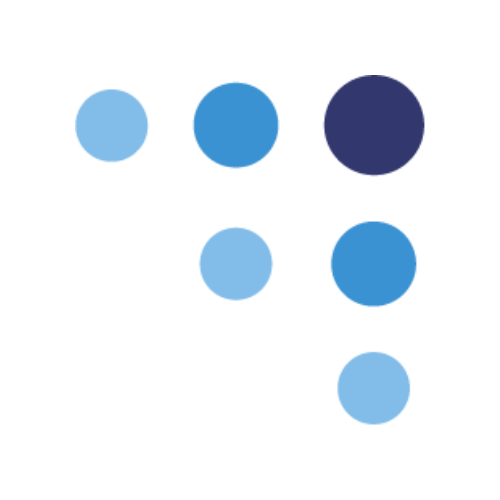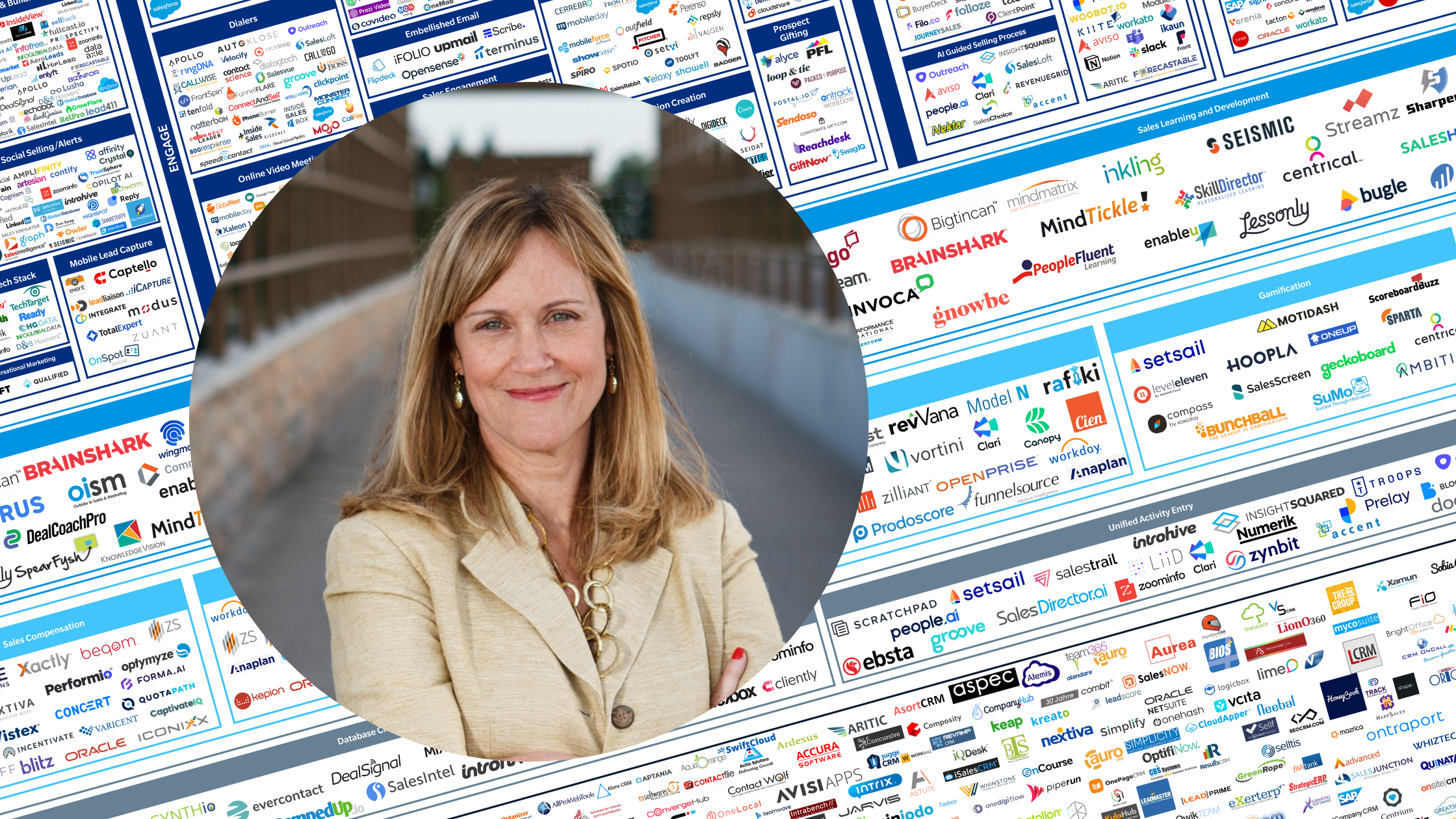Five Questions with Smart Selling Tools’ Founder, Nancy Nardin


The salestech landscape continues to explode, with more than 1200 solutions currently available for growth leaders to purchase. Continuing the announcement of SBI’s acquisition of Smart Selling Tools (SST) on January 19, get to know SST founder and SBI RevTech Expert Advisor, Nancy Nardin, her new focus at SBI, and her top predictions for salestech in 2022.
Martha Mathers: You were involved in Sales Technology from the beginning. Take us back in time. What did that look like?
Nancy Nardin: My first sales position was selling the world’s first laptop computer for a Silicon Valley start-up called GRiD Systems. Our mission was to introduce the world to an odd, square-shaped chunk of magnesium with latches that, when disengaged, lifted up to reveal a screen and a keypad. Who would spend $8,000 on this new-fangled device - called a laptop - when most of the word was still adopting desktop PCs for the first time? It’s the product/market fit question still asked at start-ups today.
Field Sales and Field Engineers represented clear ICPs because they were mobile, but no applications existed for those roles. So, we created them. GRiD Central was our version of the Internet giving mobile users access to their files. GRiD Show allowed salespeople to create digital slideshows. They could leave their physical slide-filled carousels behind but more importantly, they could change presentations at the last minute. Presenting a personalized presentation on a computer screen became a powerful way for sellers to differentiate themselves from the competition.
The first CRMs and SFAs came to market shortly after and the world of SalesTech was off and running.
But the next critical inflection point didn’t occur until 1999, when Salesforce introduced the SaaS model of purchasing software. For the first time, sales organizations of all types and sizes could essentially turn a switch for immediate access to software and pay for it over time in monthly installments.
MM: You were the first to identify SalesTech as a market worth covering. What led you to decide to track sales technology, and how did that inform your plans to launch Smart Selling Tools (SST)?
NN: I spent a good part of my career in enterprise sales. I personally experienced the challenges a salesperson faces from automating or reducing time spent on manual processes, to maximizing selling time, to prioritizing the best prospects, and much more. I saw early productivity tools with unique applications for Sales begin to pop up; things like PoliteMail which, although it was primarily an email client, let you track when a recipient opened the email, and Gwabbit, which would grab the contact information from an email signature line and save it to your contacts–a huge time-saver.
These were new “smart selling tools” which seemed like an obvious name for the company. In our first publication of sales tools back in 2010, we listed around 100 solutions including expense reporting solutions, territory planning and management, lead database solutions, collaboration tools like Jive, and sales enablement solutions. Today, that list has grown to nearly 1,200 SalesTech solutions.
MM: How should commercial leaders leverage the SBI SalesTech landscape?
NN: It’s important to note, that while the landscape looks chaotic, there is a method to the madness. The tools are organized into five main groups;
- Tools to help sellers prioritize, engage, earn, close and expand business
- Tools aimed at helping sales management grow the business
- Tools aimed at helping sales enablement leaders develop and improve skill sets
- Tools that help keep your CRM data up to date and lastly,
- CRM solutions
I recommend that commercial leaders prioritize among these core functions they want to impact first and review the corresponding technology options. As you review the solution options, it’s helpful to have SBIs SalesTech Glossary that defines each category of technology and the functionality to look for in each.
MM: What do you anticipate will be the biggest areas of growth in salestech in 2022?
NN: By my own calculations, SalesTech companies have received more than a half billion dollars of investment in just the first 20 days of 2022. I believe we can expect to see a corresponding record-breaking pace of deployment as companies like ZoomInfo claim their piece of the pie through acquisitions of companies like RingLead and Chorus.ai. Likewise, the emerging category of Revenue Operations and Intelligence solutions (Clari, Aviso, Mediafly - through its acquisition of InsightSquared, and others) will experience a continued rise in interest and adoption.
We’ll be watching other emerging categories like demo automation and AI-based productivity tools as well.
MM: What are you currently working on in your new role at SBI?
NN: Companies seek to maximize profits for their owners and stakeholders. Digital transformation within sales organizations enables the processes that lead to productivity gains and to achieving that goal. It’s my mission to provide the tools and research our clients need to create and execute on that vision. In that vein, we’re working on a variety of initiatives. One that I’m particularly excited about is our SalesTech Audit. This tool arms clients with a holistic view of their organization’s current usage of SalesTech. It includes benchmarks from peer companies, as well as insight into which tools are in place, which are planned for the next twelve months, and the adoption and perceived ROI of each tool. In addition, we make clear recommendations for closing gaps in your tech stack and pin-point opportunities for cost-saving through consolidation or improved license management.
We’re also expanding our tech framework to cover the entire go-to-market landscape which will entail an exhaustive list of critical go-to-market capabilities matched to the appropriate technology. I highly recommend folks download the SalesTech landscape and subscribe to our weekly newsletter to be the first to hear about these and other updates.